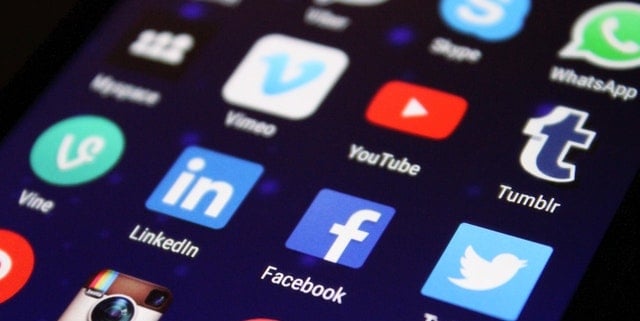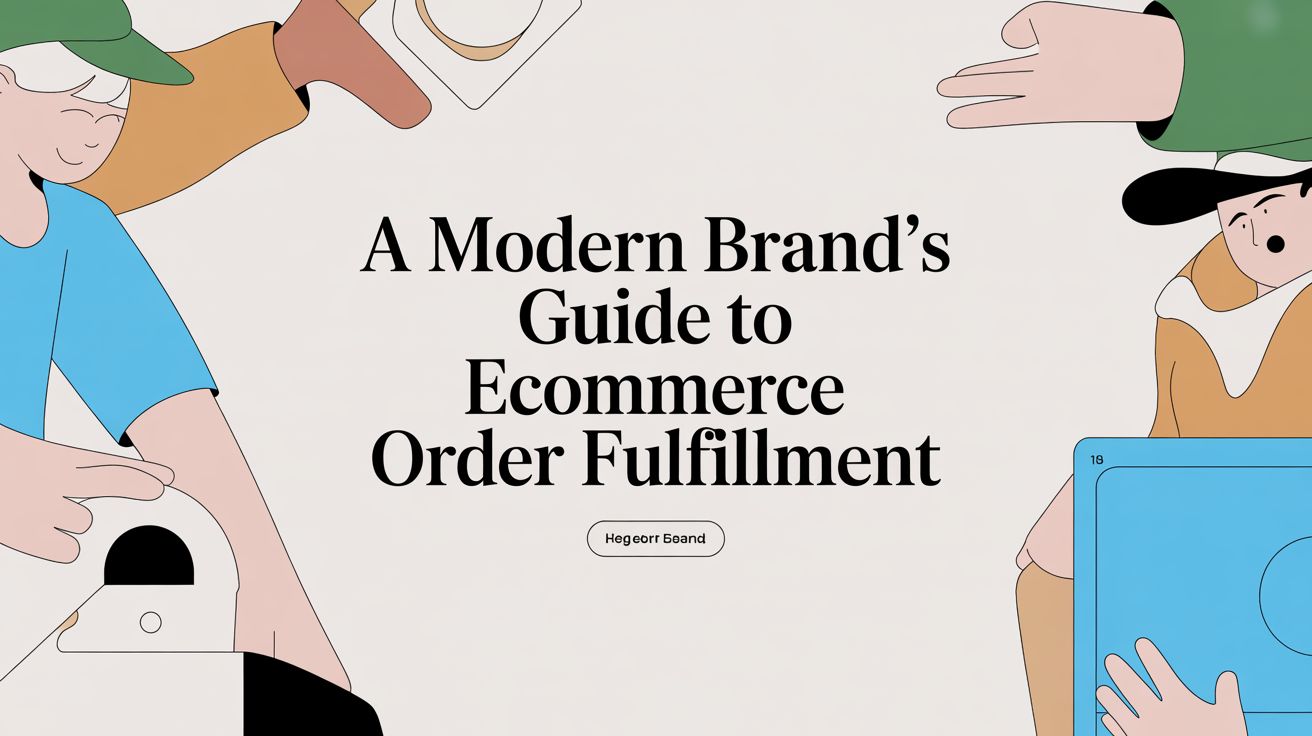
Consumer inundation: The psychology behind it and how to prevent it

It’s time to get real about consumer inundation.
Constant text messages, emails and social media notifications are driving consumers up a wall. This frustration isn’t new (telemarketers surely aren’t getting labeled as consumer fan favorites anytime soon), and the added struggle of COVID-19 isn’t helping matters.
By no means, should we be placing blame on marketers. Combatting consumer empowerment in the age of digital media hasn’t been a crystal stair either.
So, what can be done about this collective feeling of marketing-related stress when everyone is trying to keep their heads above water?
We called on consumer psychologist Dr. Michael Smith to discuss how constant communication with marketers affects consumer behavior and what you can do to meet your goals without overwhelming your audience.
What’s the reason for consumer inundation?
Before we could dive into a solution, we had to get to the root of what causes consumer inundation in the first place. Dr. Smith says that while there isn’t one set answer, a lot can be attributed to the vast number of brands that exist in today’s society.
“There are as many reasons for consumer inundation as there are brands,” said Smith. “All of these brands are operating in a competitive space and so if your competitors are constantly blasting out communications to their target audience, you have some obligation to fight fire with fire and do the same thing.”
In addition to navigating the competitive market, marketers also have to engage with customers in hopes of getting the word out about their products and services.
“To some extent, over-communication with consumers is a result of the fact that consumers are on their devices all of the time, and if you want to meet them where they’re at, [devices are] where you have to go to deliver your sales pitch,” said Smith.
Unfortunately, this way of operating isn’t always what’s best for business. In fact, many consumers prefer human-like communication with their favorite brands instead of automated messaging.
“To build a brand you need to develop an associative network around that brand’s meaning and have people learn to essentially develop a memorable and emotionally engaging experience when interacting with the brand, and a lot of digital marketing focuses more on reception rather than creative development,” said Dr. Smith. “Cold, repetitive digital marketing often fails to do that because the brands have not made the investment into creative optimization to make a real impact.”
The effects of consumer inundation on customers
Dr. Smith says when people begin feeling overwhelmed, these four psychological instances begin to occur.
1. Task-shedding
Task-shedding is the idea that if a person is trying to complete a bunch of tasks at once, they’re going to start ignoring the tasks that seem less important. This can be seen when consumers are met with a number of unwanted messages from marketers in addition to their regular daily tasks.
“Let’s face it, paying attention to advertising is one of the least important things in our day-to-day life and so that’s going to be a casualty of task-shedding in any type of overwhelming situation,” said Smith.
2. Repetition blindness
“If you repeat something a little too frequently, people don’t even see the repetitions anymore because your brain has decided, ‘well, I’ve already seen that so I don’t need to see it again’ and so you just stop deeply encoding the information being presented.”
3. Element of surprise
“Having something occur frequently can drive it into memory but it’s a less effective approach than having more space between repetition," Smith said. "By spacing out your communications with other content in between, you might actually result in building a stronger memory association with your brand than if you were to knock consumers over the head with it on a regular basis."
4. Annoyance
If inundation becomes too annoying it’s easy enough to text “stop” in response to something coming from a brand or “unsubscribe” from a newsletter.
“You really need to thread the needle between keeping a relationship with your consumers and not expecting that they have the time, interest or bandwidth to pursue that relationship on a continual basis,” Smith said.
How not to inundate your customers
There’s a lot you can do to make your marketing content more engaging without simply overwhelming consumers.
1. Keep it easy
“If you make something complicated or hard to understand for a consumer, more often than not they’ll just tune it out rather than make the effort to understand it,” said Smith. “Making a simple message that consumers can intuitively understand will be more effective than something that’s complicated.”
Consumers are looking at the brands they love as a beacon of a light — a guiding force to provide them with products and services that answer their needs. When your content is light and simple, you help make their lives easier. As a result, your customers will be more appreciative of your support and find themselves coming back to you for more.
2. Know your audience
While consumer inundation has many layers, we know one thing for sure: Consumers click on marketing content they enjoy. Knowing what your audience likes and dislikes will help you better understand what will resonate with them.
“One thing that really increases the likelihood that people will engage with a piece of content is for it to be personally relevant to them. If you’re offering up a car ad and I live in the middle of a city and take the subway to work that’s a wasted impression, and it’s not going to be relevant to me,” said Smith.
3. Tell a story
As a marketer, it’s your job to keep your consumers engaged. While this might seem intimidating, Smith says remaining creative and human can do the trick.
“Some things are just intrinsically motivating and being engaged by something either because it’s funny or pulls at your heart strings is because it’s a form of storytelling with the consumer,” said Smith. “That can be a lot more effective than throwing up a sign saying, ‘act now, fifty percent off’ which people don’t really believe in at this point anyway.”
4. View customers as a partner
“Undoubtedly, most consumers have had this experience [of receiving unwanted messages]. Almost anytime you engage in a commercial transaction where your email’s involved, someone wants you to fill out a survey; well, once in a while that’s not a big deal but if every time you want to purchase something you have to fill out a survey, you’re going to feel as though your time is being wasted. Customers shouldn’t be a datapoint to a brand, but a partner to the brand,” said Smith.
Consumer inundation may be frustrating for consumers and marketers alike, but it doesn’t have to be. Keeping the collective stress at bay looks like appealing to your target audience in ways that make them feel valued while maintaining retention and brand success.

Lindsay Keener is a brand journalist for Quikly. She covers stories that help to inform and educate consumer-facing marketers.

